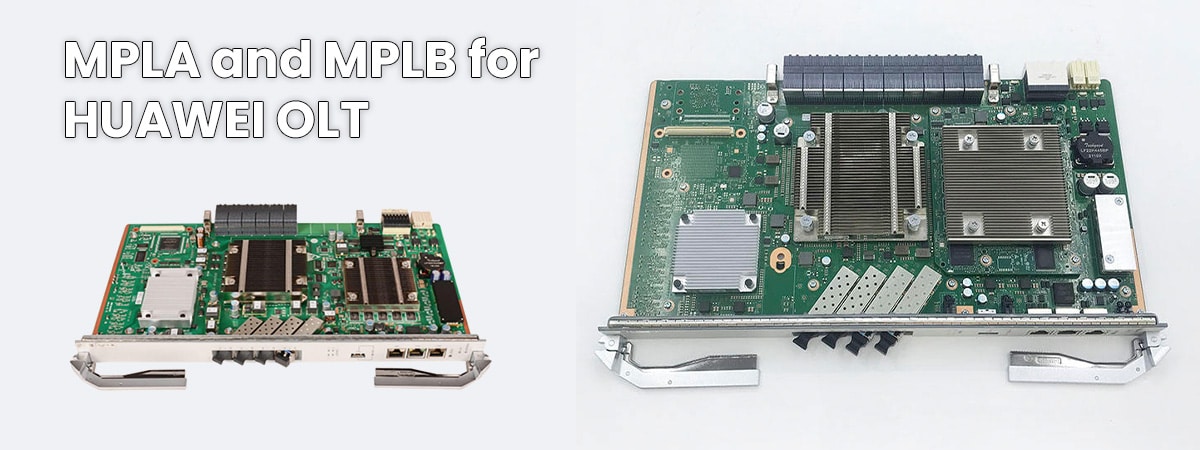Introduction
Huawei is one of the largest telecommunications companies in the world, offering a wide range of products and services for telecommunications networks. One of their products is Optical Line Terminals (OLT), which are used to provide broadband services to customers. There are two types of OLT offered by Huawei: the Multi-Protocol Label Switching (MPLS) and the Multi-Protocol Label Bridging (MPLB). In this article, we will explore the differences between these two types of OLT and explain the advantages and disadvantages of each.
MPLS
MPLS is a Layer 2 technology that is used to provide a highly reliable connection between two points. It is a technology that is used in optical networks and allows data to be routed over different paths, depending on the source and destination of the traffic. MPLS is commonly used in WAN (Wide Area Networks) and has the ability to prioritize traffic and provide a Quality of Service (QoS).
MPLS is a connection-oriented protocol, which means that it establishes a virtual circuit between two nodes. This virtual circuit is maintained until the connection is terminated. MPLS is also a scalable protocol, which makes it suitable for large networks. Additionally, it can be used for traffic engineering and can be used with different protocols, such as ATM, Frame Relay, Ethernet, etc.
MPLB
MPLB is a Layer 2 technology that is used to provide a connection between two points. It is a protocol that is used in optical networks and allows data to be routed over different paths. MPLB is a connectionless protocol, which means that it does not require a virtual circuit to be established. It is also a scalable protocol, which makes it suitable for large networks. Additionally, it can be used with different protocols, such as Ethernet, ATM, Frame Relay, etc.
MPLB is a connection-less protocol, which means that it does not require a virtual circuit to be established. This makes it a more cost-effective solution than MPLS. Additionally, MPLB is more flexible than MPLS, as it can be used with different protocols.
Advantages and Disadvantages
MPLS has a number of advantages over MPLB. Firstly, it is a connection-oriented protocol, which makes it more reliable and secure than MPLB. Additionally, MPLS is more scalable than MPLB and can be used for traffic engineering. It also provides a Quality of Service (QoS) and can be used with different protocols.
However, MPLS is a more expensive solution than MPLB. Additionally, it is not as flexible as MPLB, as it cannot be used with different protocols.
MPLB is a connection-less protocol, which makes it a more cost-effective solution than MPLS. Additionally, it is more flexible than MPLS, as it can be used with different protocols. However, MPLB is not as reliable or secure as MPLS and does not provide the same level of Quality of Service (QoS).
Conclusion
In conclusion, MPLS and MPLB are two different types of Optical Line Terminals (OLTs) offered by Huawei. MPLS is a connection-oriented protocol, which makes it more reliable and secure than MPLB. Additionally, it is more scalable than MPLB and can be used for traffic engineering. However, it is a more expensive solution than MPLB. MPLB is a connection-less protocol, which makes it a more cost-effective solution than MPLS. Additionally, it is more flexible than MPLS, as it can be used with different protocols. However, it is not as reliable or secure as MPLS and does not provide the same level of Quality of Service (QoS). Ultimately, the choice between MPLS and MPLB will depend on the specific requirements of the customer.
